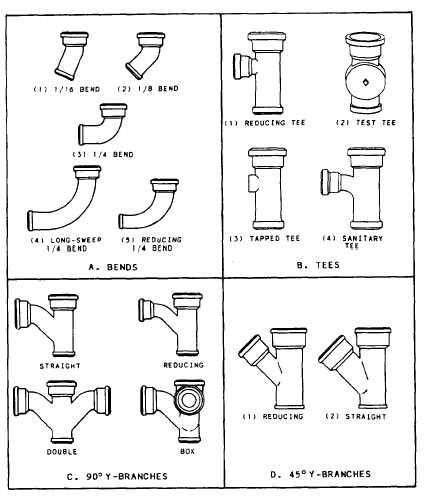Figure 8-14.-Common cast-iron soil pipe fittings.
used are shown in figure 8-14 and described
below.
BENDS.— The 1/16 bend (fig. 8-14, view A)
is used to change the direction of cast-iron soil
pipe 22 1/20. A 1/8 bend changes the direction
450. The direction is changed 90° in a close space
when the SHORT-SWEEP 1/4 bend is used. The
LONG-SWEEP 1/4 bend is used to change the
direction 90° more gradually than a quarter bend.
The REDUCING 1/4 bend changes the direction
of the pipe gradually 90°, and in the sweep
portion, it reduces nearly one size.
TEES.— Tees (fig. 8-14, view B) are used to
connect branches to continuous lines. For
connecting lines of different sizes, REDUCING
tees are often used. The TEST tee is used in stack
and waste installations where the vertical stack
joins the horizontal sanitary sewer. It is installed
at this point to allow the plumber to insert a test
tee and fill the system with water while testing for
leakage. The TAPPED tee is frequently used in
the venting system where it is called the main vent
tee. The SANITARY tee is commonly used in a
main stack to allow the takeoff of a cast-iron pipe
branch.
NINETY-DEGREE Y-BRANCHES.— Four
types of cast-iron soil pipe 90° Y-branches
generally used are shown in figure 8-14,
view C. These are normally referred to as
COMBINATION Y AND 1/8 BENDS. The
STRAIGHT type of 90° Y-branch is used in
sanitary sewer systems where a branch feeds into
a main, and it is desirable to have the incoming
branch feeding into the main as nearly as
possible in a line parallel to the main flow. The
REDUCING 90° Y-branch is the same as
the straight type, except that the branch coming
into the main is a smaller size pipe than the main.
The DOUBLE 90° Y-branch (or DOUBLE
8-12

